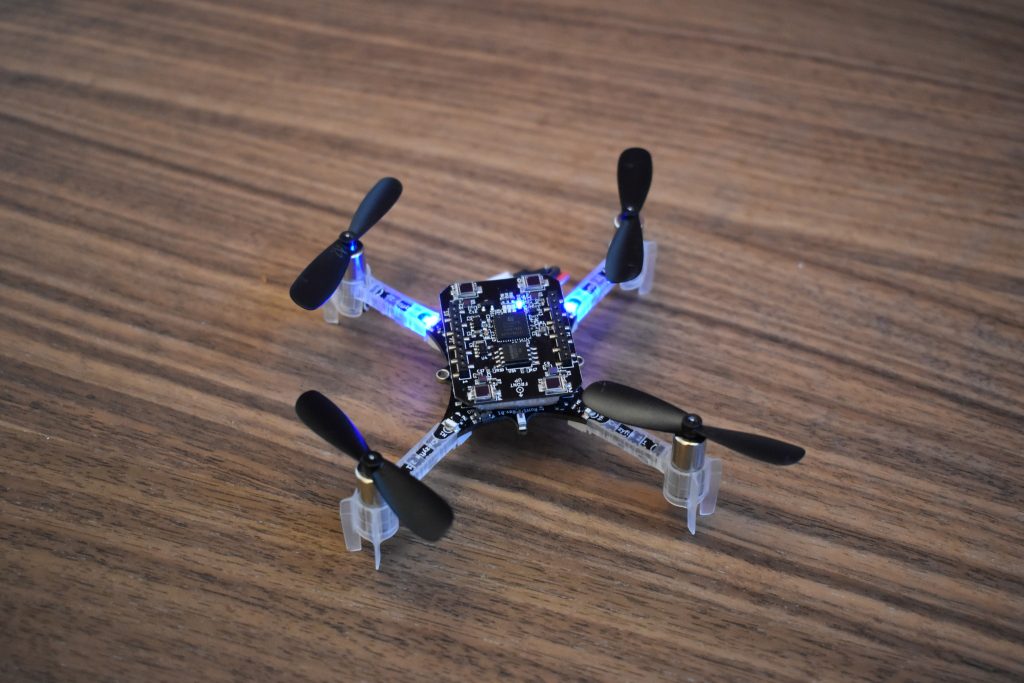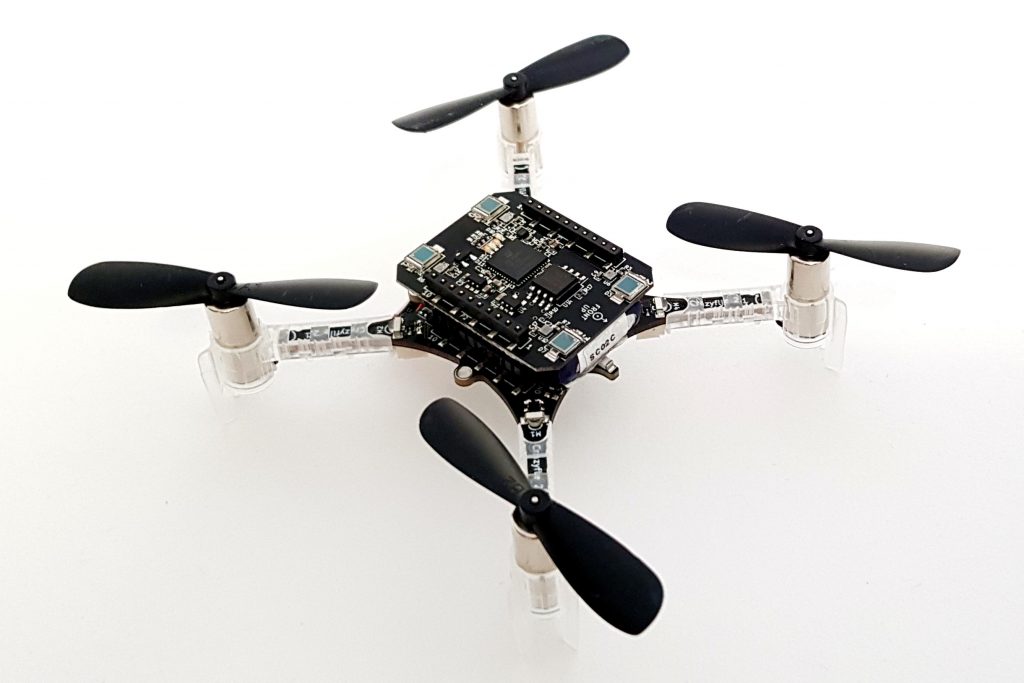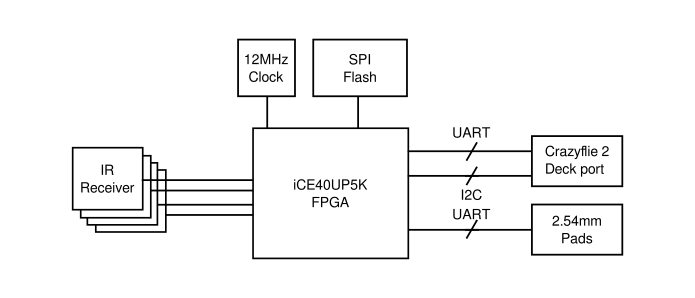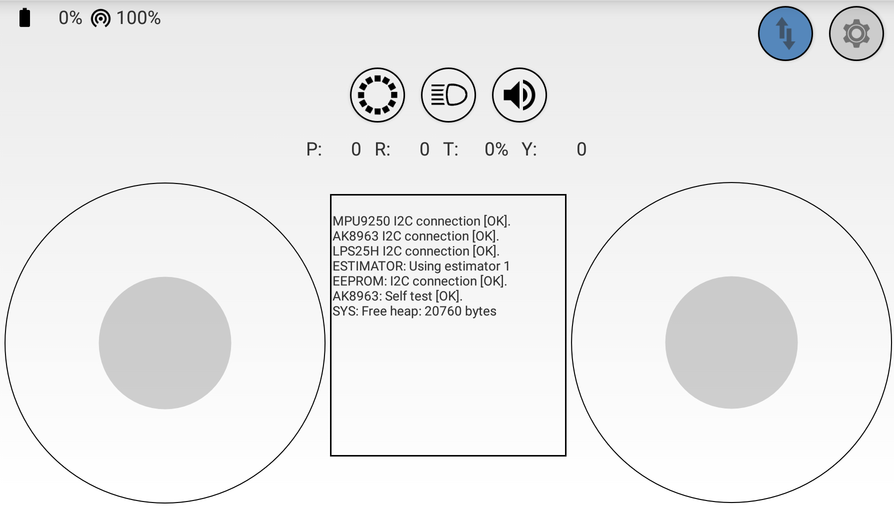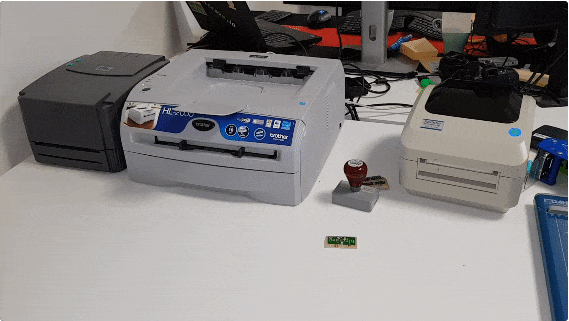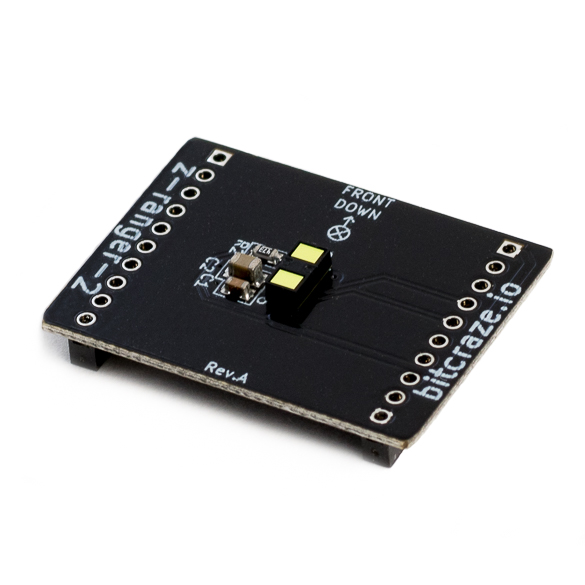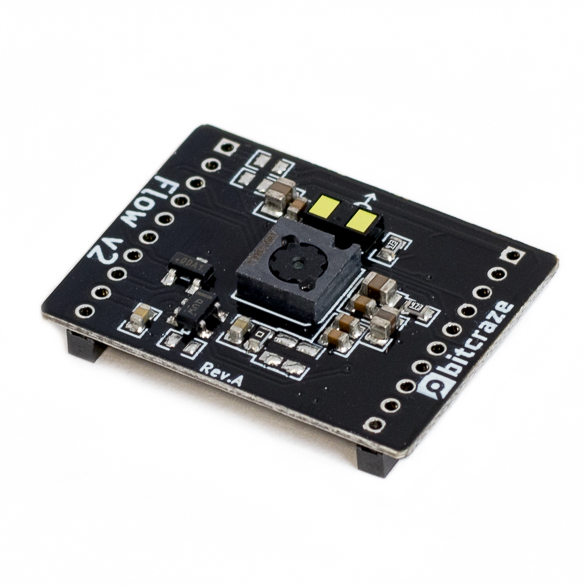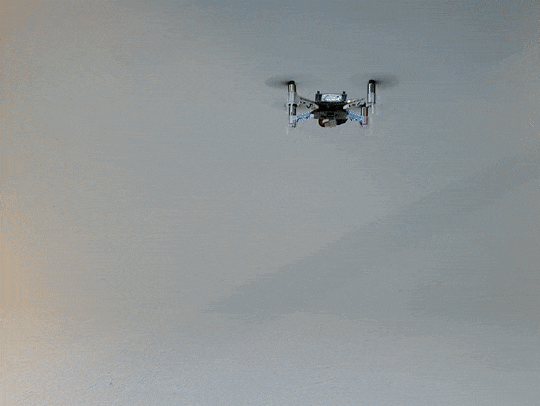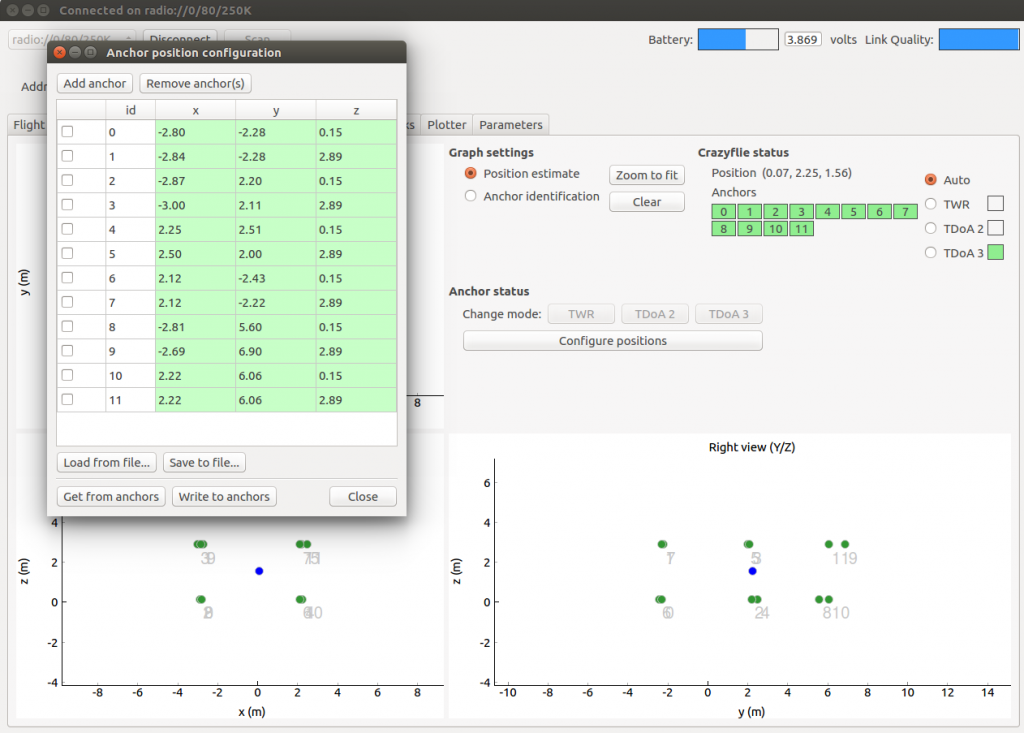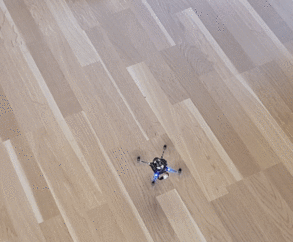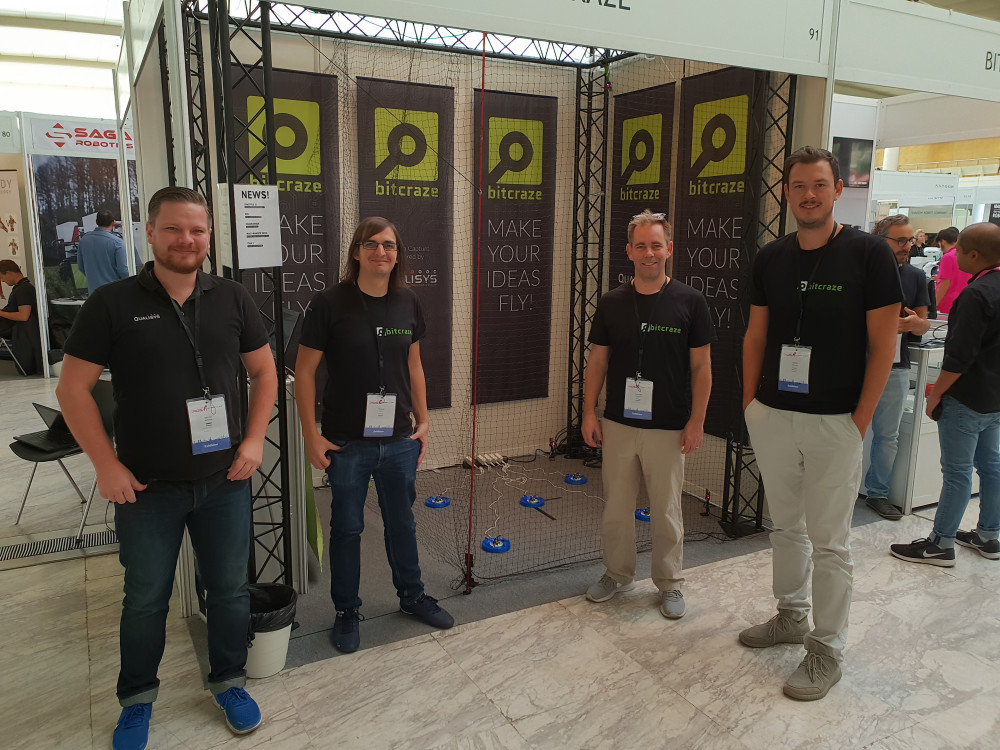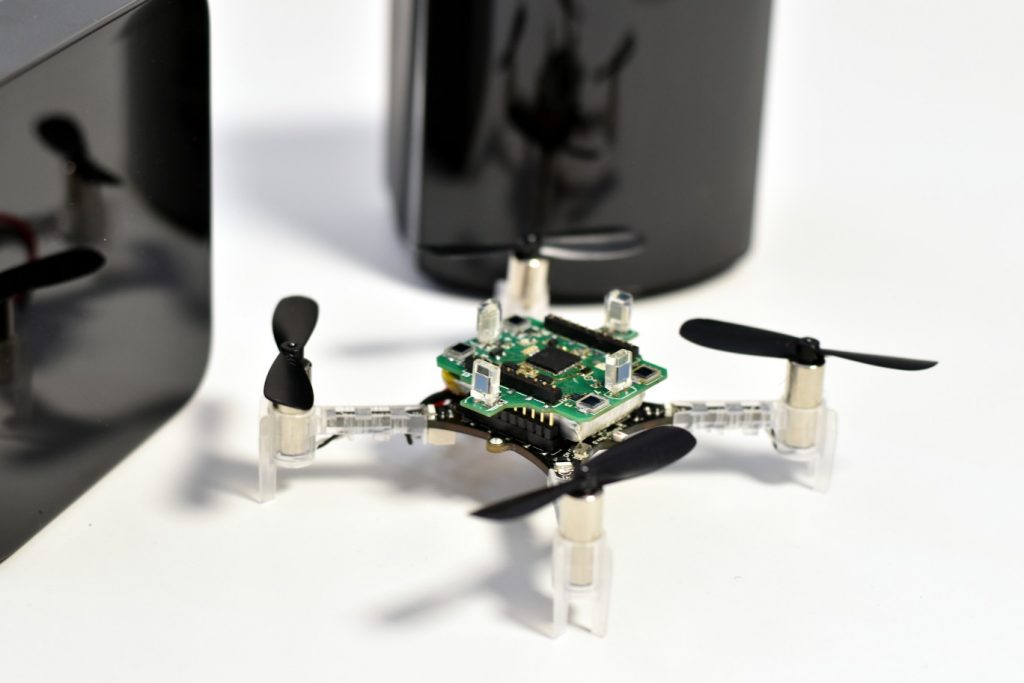Last week we posted about painting with the Lighthouse deck. This week we continue on the same track but add a new dimension, all in our “let’s try this crazy idea” spirit. So last Friday, after having a lot of fun painting with the Crazyflie led-ring using long exposure photo and the Lightouse deck for positioning, we had one extra crazy idea. Can we use the Crazyflie to show a raster image, very much like the way a CRT monitor works by sweeping line by line and displaying the pixel color one by one, using the led-ring? Unfortunate we did not have enough time that day…
However the idea was so intriguing that Kristoffer couldn’t stop himself from writing a prototype script during the week-end. So last Monday, just after publishing the blog post, we went to the flight arena and tried it. After a couple of trial and error we found a display algorithm that showed a pretty good result:
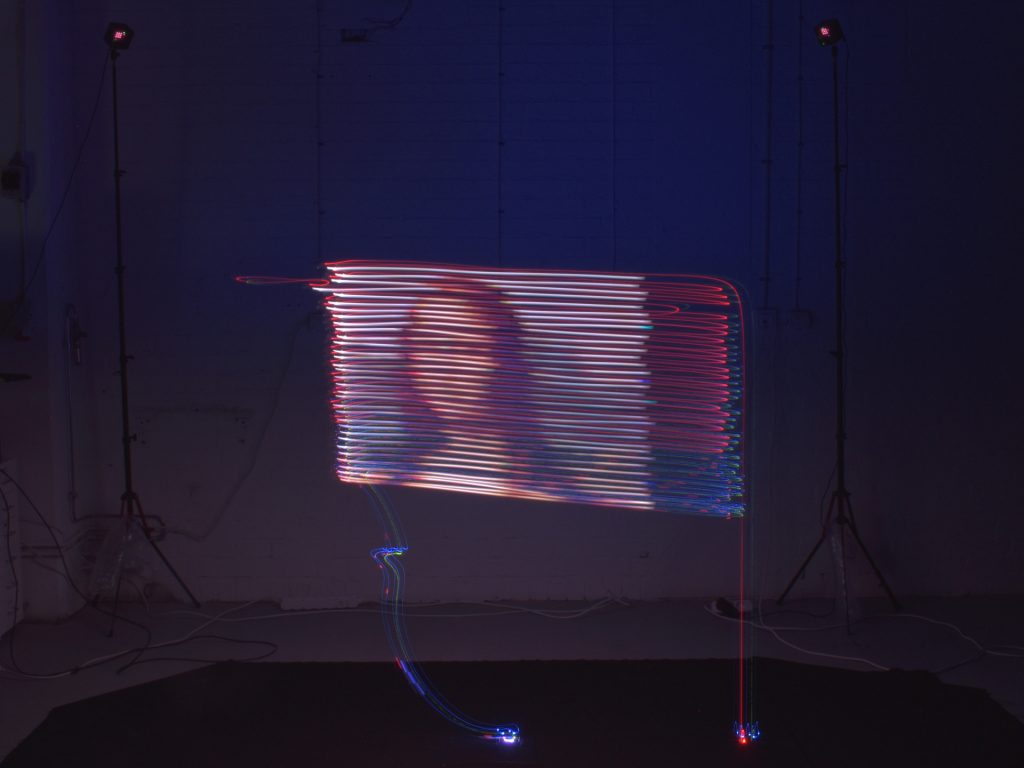
The source for this image is this very low resolution Mona Lisa:

It was a very fun experiment, it is magic to see the Crazyflie going back and forth blinking for ~3 minutes, click on the camera and see the resulting picture. It is also a really nice way to observe the current state of the lighthouse positioning. The lines are spaced by about 3 cm and the Crazyflie is controlled using the PID controller. The controller do a decent job of keeping the Crazyflie in lines and the space seems a little bit ’tilted’.
If you are curious or if you want to try by yourself, we pushed the script in the Crazyflie-lib-python example folder.
As a side note, we will be exhibiting at the ICRA 2019 conference May 20-24, 2019 in Montreal, Canada. We will running demo of the LPS and Lighthouse (though I am not sure we can print long exposure picture, this is not so exciting to look in real-time :). We hope you would like to come and meet us there!
